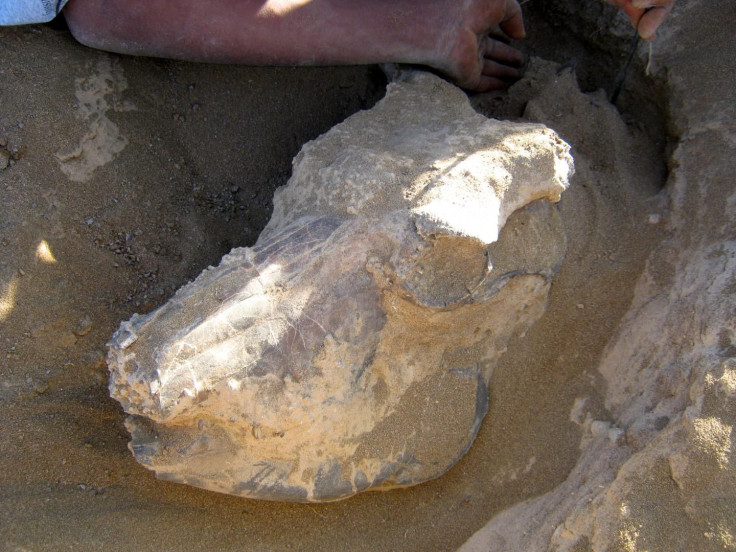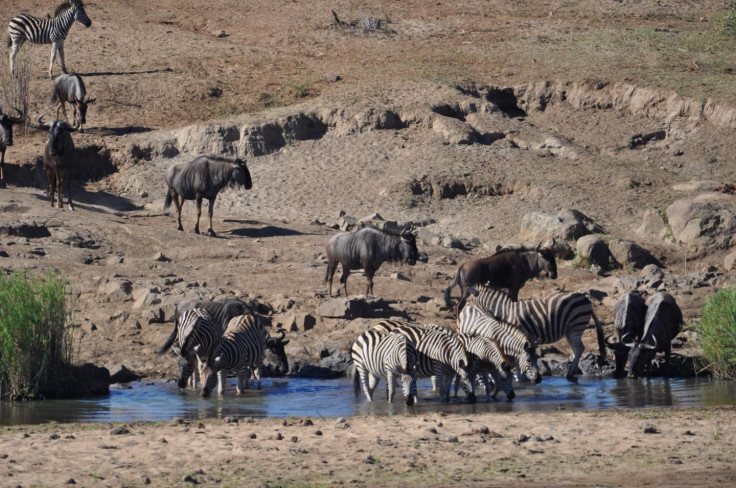Human Evolution Of The Homo Genus Began In Grassy, Open And Dry Landscape

The story of human evolution moved from early humans, belonging to the genus Australopithecus, to the genus Homo, which includes us modern humans.
Based on a fossil jaw fragment found in the Afar region of Ethiopia in 2013, the earliest Homo has been dated back to 2.8 million years ago, but we know precious little about the environmental conditions in which the earliest members of our genus evolved.
A study published online Monday in the journal Nature Ecology & Evolution looked at the environment of East Africa in the years between 3.5 million years and 1 million years ago, and its findings add weight to the idea that a grassy landscape helped the evolution of Homo.
“A growing body of evidence has hinted at this connection,” Joshua Robinson, lead author of the study and a postdoctoral researcher with the Institute of Human Origins at Arizona State University (ASU), said in a statement Monday, “but, until now, we had no direct environmental data for the origins of Homo now that it’s been pushed back in time.”
Read: Neanderthals And Homo Sapiens Were Kissing Each Other

The pushing back in time Robinson mentioned refers to the age of the fossilized jaw, which is about 400,000 years older than the previously oldest-known Homo. The jaw, referred to as LD 350-1 and not yet classified to a species, was found by Chalachew Seyoum, then a graduate student at ASU, at a site called Ledi-Geraru.
The method used in the study is quite simple. The teeth of a fossil give a good idea of the diet the species had when alive, and its diet gives an idea of the ecology of the time it lived in.
“Using stable isotopes of fossil teeth, the researchers found the early Homo at Ledi-Geraru was indeed associated with open and arid grassy environments. Results show almost all animals found with early Homo at Ledi-Geraru fed on grass, including some that consumed substantial amounts of tree leaves prior to 2.8 million years ago,” the statement said.
The specific region where the fossil was found had a different ecology than other areas nearby 2.8 million years ago. Between 3 million years ago and the 200,000 years that followed, the ecology changed from a wet and wooded environment to a dry and open landscape, and in the intervening time, Australopithecus disappeared from the scene and Homo appeared.
The study also found the diet of the earliest Homo was the same as that of the Australopithecus before it.
“We weren’t necessarily surprised that the diet of early Homo was similar to Australopithecus. But we were surprised that its diet didn’t change when those of all the other animals on the landscape did,” Christopher Campisano of ASU, also a co-author of the study, said in the statement.
Read: More Remains Of Homo Naledi Found In South African Cave
Lucy is the name given to a fossil of a female Australopithecus afarensis who lived about 3.2 million years ago. The fossil was found in 1974 in Hadar, another site in Ethiopia which is about 18 miles away from Ledi-Geraru, and it is the most complete early human fossil found so far. (Another fossil, arguably more complete, belonging to a Homo species has since been found in South Africa.)
“Although Lucy’s species persisted through many environmental changes in the Hadar sequence, it seems the species was unable to persist as really open environments spread in the Afar during the late Pliocene,” said John Rowan, a School of Human Evolution and Social Change graduate student at ASU.
He co-authored the study, titled “Late Pliocene environmental change during the transition from Australopithecus to Homo.”
© Copyright IBTimes 2025. All rights reserved.



















